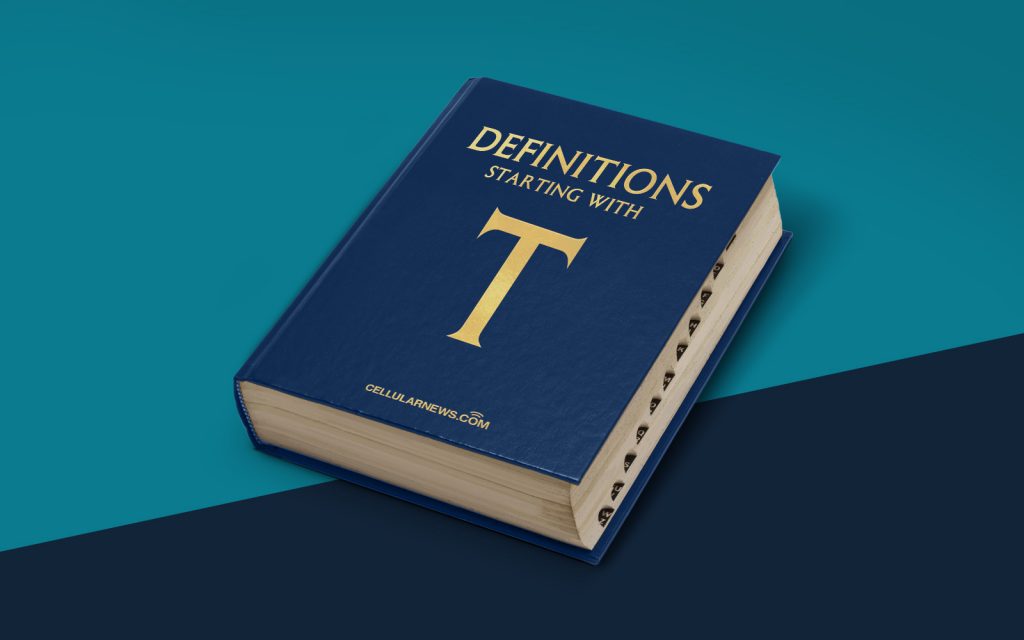
What is Text Alignment?
Welcome to our “Definitions” category, where we break down complex concepts into simple and easy-to-understand explanations. In this post, we will explore the topic of text alignment and its importance in web design and content formatting. If you’ve ever wondered what text alignment is and why it matters, you’ve come to the right place.
Key Takeaways:
- Text alignment refers to the horizontal positioning of text within a document or element on a webpage.
- There are four primary text alignment options: left-aligned, right-aligned, center-aligned, and justified.
When we talk about text alignment, we’re referring to the placement of text in relation to the edges or boundaries of a page or text container. It determines how text is visually presented and how it flows within a document or webpage. Text alignment plays a crucial role in enhancing readability, aesthetics, and user experience.
There are four main text alignment options:
- Left-aligned: This is the most commonly used alignment, where text is aligned flush against the left margin. It creates a clean and organized look, especially for languages that read from left to right.
- Right-aligned: This alignment pushes the text to the right side, creating a visually distinct and unique appearance. It is less commonly used, as it can make the text appear disjointed or harder to read.
- Center-aligned: Center-aligned text is positioned in the middle of the container, balancing the visual weight. It can be eye-catching and useful for headings, titles, or short bursts of text.
- Justified: Justified text aligns both the left and right edges, creating a clean and even appearance. It adds spacing between words to fill the entire width of the container. However, it may result in inconsistent word spacing or awkward hyphenation, affecting readability.
Text alignment is crucial for web design and content formatting as it directly impacts the readability and user experience of your website’s visitors. Here are some reasons why text alignment matters:
- Readability: Proper text alignment enhances readability by ensuring that the text flows naturally and is easy to follow.
- Visual Hierarchy: Text alignment helps establish a visual hierarchy by indicating the importance and relationship between different elements on a webpage.
- Aesthetics: A well-aligned text creates a visually pleasing and professional appearance, leaving a positive impression on your readers.
- User Experience: Consistent and thoughtfully aligned text contributes to a better overall user experience, making it easier for users to navigate and understand the content.
Now that you understand the importance of text alignment, you can leverage this knowledge to create visually appealing and engaging webpages. Remember to consider readability, hierarchy, and user experience when choosing the appropriate text alignment for different parts of your website.
Stay tuned for more blog posts in our “Definitions” category, where we delve into various web-related terminologies and concepts to help you expand your knowledge and enhance your online presence.
